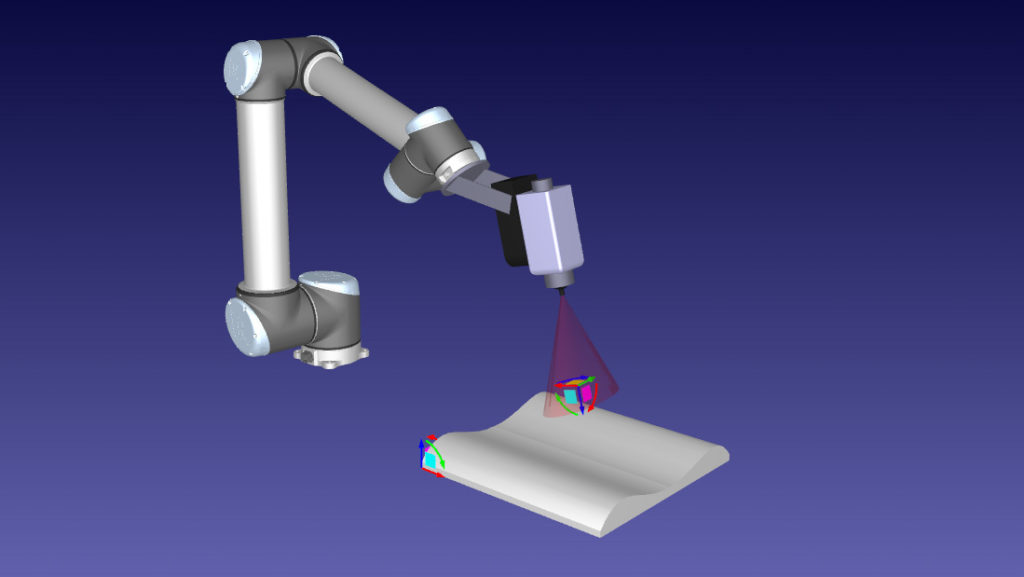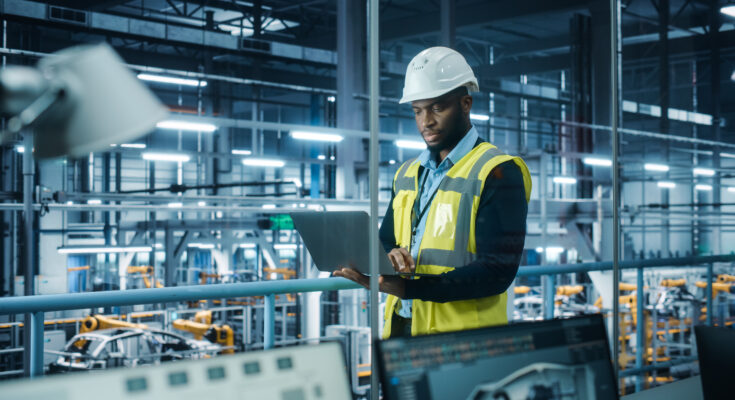In today’s economy, it’s more important than ever to stay competitive. One way to do that is by incorporating flexible manufacturing into your business.
According to the Deloitte 2022 Industry Report, many manufacturing companies are starting to “think big” to stay competitive. They are adopting flexible and innovative strategies to get ahead following the disruptive events of the last few years.
Flexible manufacturing allows companies like yours to quickly adapt to changes in the market, better meet customer demands, and incorporate more personalization into products. When you approach it in the right way, it can make your business more agile, responsive, and profitable.
But before you commit to this manufacturing strategy, there are a few key factors to consider if it is right for you.
What is Flexible Manufacturing?
Flexible manufacturing is a term used to describe the ability of a manufacturing process to quickly adapt to changes in production requirements. These changes could be external — such as market forces or supply chain disruption — or internal — such as changes in company strategy or product lines.

The key components of a flexible manufacturing system are computer-controlled tools and automation. Robots are a cornerstone of the approach.
Flexible manufacturing is becoming increasingly popular in those industries where there is a high demand for customized products, such as automotive, fashion, and consumer electronics. It is also beneficial in industries where market demand is unpredictable or product updates are frequent.
Companies that adopt a flexible manufacturing system can often produce a greater variety of products than those with traditional manufacturing systems. You can rapidly switch the systems between product lines with minimal changeover time.
Why Is Flexible Manufacturing So Important?
There are various reasons that flexible manufacturing has become so important recently.
The last few years have shown us all that market conditions are never fully predictable. We have to be prepared to change quickly to adapt to unexpected events.
Flexible manufacturing helps to keep up with the ever-changing business landscape. It means that we don’t have to become overwhelmed when something out of our control affects our business. Adopting this approach makes adapting to change simply part of our “business as usual.” With increasing globalization, we need to adapt all the time as more events might throw our businesses off course.
The popularity of flexible manufacturing is also a response to a change in how people purchase products. Customers expect smaller batches of products with more customization and more frequent updates. Flexible manufacturing allows us to achieve this.
5 Benefits of Flexible Manufacturing for Your Business
What are the benefits of adopting a flexible manufacturing approach in your business?
Here are 5 common benefits that people experience:
- Reconfigurable robots — Unlike conventional automation, you can quickly reconfigure robots not just for similar product lines but for completely different tasks. This gives you the freedom to entirely change your process if you need.
- Flexible product lines — The ability to produce different products on the same line, without excessive changeover time, makes your process more efficient and responsive. It allows you to solve production problems much quicker than with conventional manufacturing systems.
- Real-time quality management — In the past, inspection and quality assurance happened long after the products were manufactured (and sometimes even after they were shipped). With flexible robotic inspection, you can identify and correct problems as they occur, helping you meet or exceed customer expectations.
- Quick response capacity — Flexible manufacturing systems are inherently better at responding to change. This helps you respond quickly to market changes, keeping you ahead of your competition.
- Reduced equipment investment — By using the same manufacturing equipment for multiple product lines, you also reduce the need for many unique automation machines. This reduces the cost of automation compared to conventional, fixed automation.

As you can see, flexible manufacturing offers some important benefits that can help you stay competitive in today’s economy. When you use it correctly, flexible manufacturing can lead to increased efficiency, cost savings, and product quality.
Where Robots Fit In a Flexible Manufacturing Process
For many people, flexibility in manufacturing means one thing… robots.
There’s a good reason that people associate robotics with flexible manufacturing. You can think of robots as the cornerstone technology of a flexible manufacturing process. They provide the flexibility that is needed to quickly reconfigure a production line for different products or product variants.
However, manufacturing robots isn’t the only part of a flexible system. If you want your business to be truly flexible, your entire manufacturing process must be adaptable. That means the entire system — from design to delivery — should be able to respond to changes.
Examples of non-manufacturing stages where robots and robot programming software can add flexibility include:
- Testing new production ideas using robot simulation
- Packaging and palletizing
- Inspection and product testing

Is Flexible Manufacturing Right for You?
It’s clear that flexible manufacturing is an important strategy if you want your business to stay competitive in today’s economy. It offers many benefits to help you change and adapt to changes in the marketplace.
If you’re thinking of adding flexible manufacturing to your business, one way to start is by automating just one task with a robot. For example, you might choose to automate a palletizing task. With this first task, track the results and note how well it helps you respond to changes in orders.
Once you have deployed one robot, you can keep adding flexible components to key tasks in your process.
What benefit would more flexibility add to your business? Tell us in the comments below or join the discussion on LinkedIn, Twitter, Facebook, Instagram, or in the RoboDK Forum.. Also, check out our extensive video collection and subscribe to the RoboDK YouTube Channel




